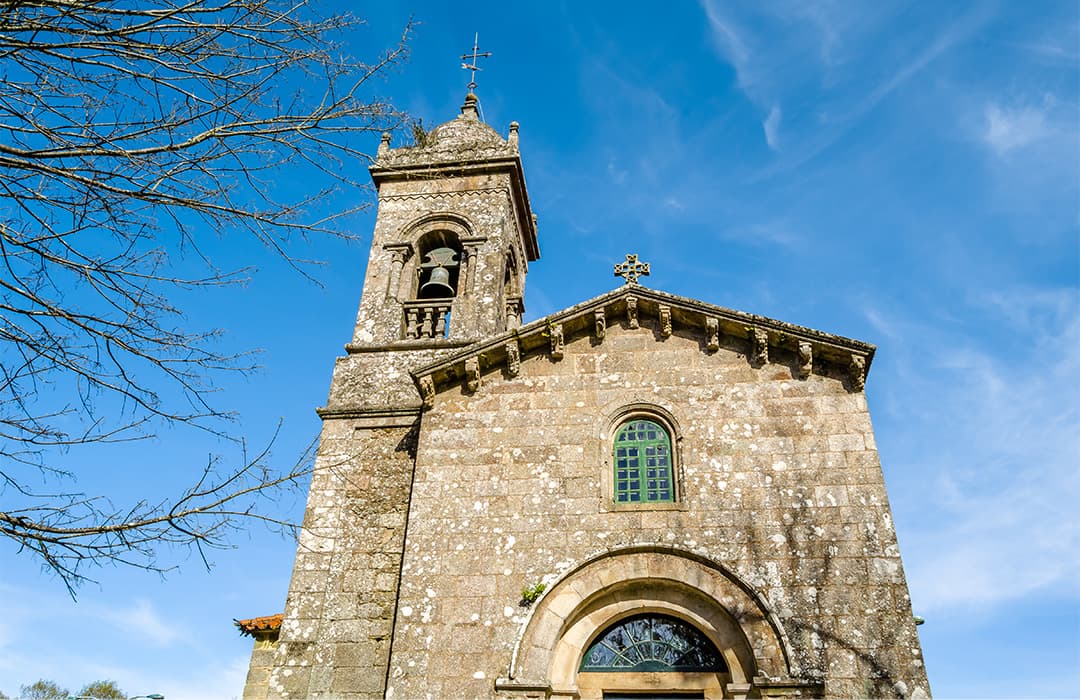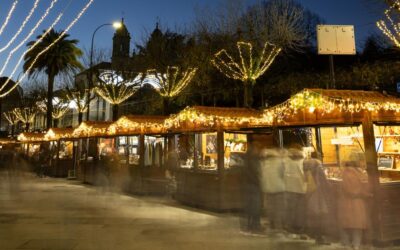The
Church of Santa Susana
is located in one of the most iconic sites of the city: the Alameda Compostelana, an area of great tourist affluence and one of the green spaces with more life and presence of the neighbors of Santiago.
This religious building, closely linked to the history of the Galician capital and the tradition of Compostela, is located in the heart of the oak grove of the same name, at the culmination of the Paseo da Ferradura.
The construction of the temple dedicated to Santa Susana, co-patron saint of Santiago together with the Apostle, took place during the 12th century and stands out for its different elements of Romanesque and Gothic style.
On the other hand, the gardens surrounding the building were donated to the city by the Counts of Altamira in 1546.
Originally, this place housed a small church dedicated to All Saints, which passed its ownership to Santa Susana in 1102.
It is one of the temples consecrated by Archbishop Xelmirez to, according to tradition, receive the relics of Santa Susana brought from the Portuguese city of Braga.
Shortly thereafter, the church underwent an ambitious renovation that followed the canons of the Romanesque style of architecture.
However, the present building is a reconstruction dating from the 17th and 18th centuries. Of the primitive church, which is mentioned in the Codex Calixtinus, some elements remain.
These include the portico, part of the arches, columns and corbels. In addition, the temple houses other pieces of great patrimonial interest, such as a gothic cross that is located on the apex of the nave.
The bell tower of the Church of Santa Susana was the product of a later expansion dating from the 19th century.
As part of the anecdotes related to the social life of the city, the temple was the venue for the traditional Thursday fair of Santiago de Compostela until the seventies, when it was moved to the outskirts, to the National Market of Salgueiriños.
In spite of its remarkable touristic and historical interest, the building is only open to public visits during occasional celebrations.






